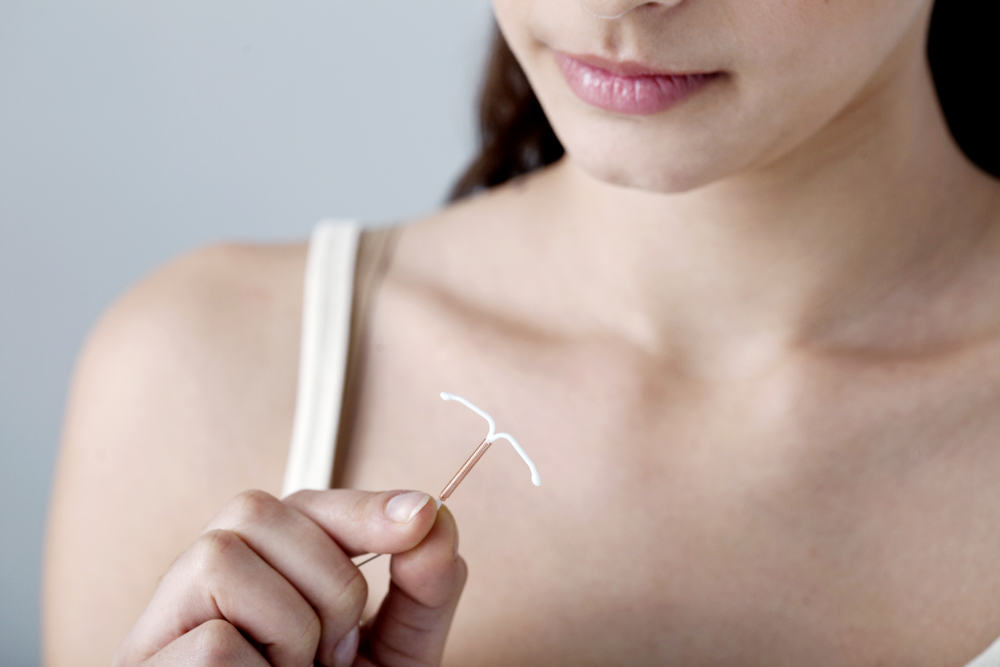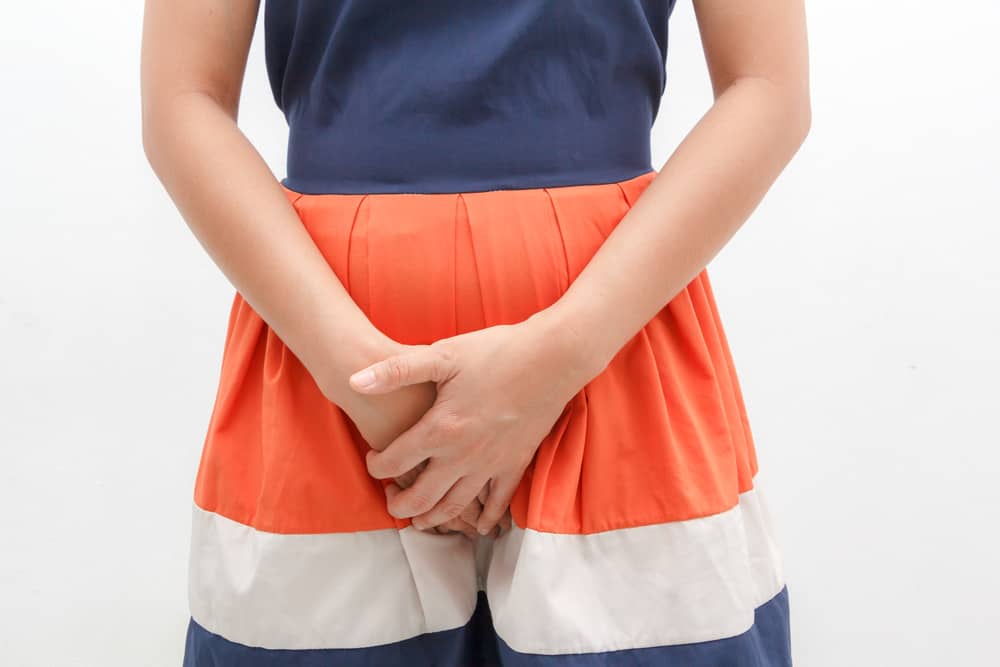Contents:
- Medical Video: Patient Education Video: Intrauterine Device (IUD)
- 1. What is an IUD?
- 2. How effective is the IUD to prevent pregnancy?
- 3. What is the procedure for installing an IUD?
- 4. Can the contraception be released by itself?
- 5. Can I remove the IUD before the specified time?
- 6. What are the other advantages of installing an IUD?
- 7. What are the risks of installing an IUD?
Medical Video: Patient Education Video: Intrauterine Device (IUD)
Intrauterine Device (IUD) contraception or better known by the public as spiral family planning is one type of family planning method that is much in demand by mothers in Indonesia. Even some experts say if the use of spiral KB is considered the most efficient in avoiding pregnancy. Are you one who is interested in trying spiral KB? Check out the following things that you can consider before deciding to install an IUD.
1. What is an IUD?
An IUD is a small T-shaped plastic contraceptive placed in the uterus to prevent pregnancy. This contraception has two types, namely:
- A copper-coated IUD that functions to prevent pregnancy by blocking sperm from fertilizing the egg, making it harder for the egg to be fertilized in the womb.
- While the hormonal IUD is a contraceptive that is coated with the hormone progestin, making the cervical fluid thicker, and thinning the lining of the uterus. This is what makes sperm unable to enter the uterus.
2. How effective is the IUD to prevent pregnancy?
Both types of spiral KB are very effective in preventing pregnancy. For several years, only 1 in 100 couples using an IUD had a pregnancy. Effectiveness of spiral KB containing hormones can last 3 to 5 years to prevent pregnancy. While the effectiveness of the copper type KB can survive up to 10 years after installation on the first day.
3. What is the procedure for installing an IUD?
You can install spiral KB at any time, as long as you are not pregnant and do not have a pelvic infection. However, a good spiral KB is used for those of you who have been pregnant before. Because women who have never been pregnant are more prone to feeling pain and cramps after the installation of spiral KB. The installation procedure takes a few minutes and can only be done by a doctor.
4. Can the contraception be released by itself?
IUDs can indeed be released, except that they are very rare. Sometimes a woman does not know this is happening. The overall risk of this is low, but it may be a bit common in women who have never had a baby. There are several reasons that can cause the IUD to come out by itself.
The biggest possibility is the improper installation procedure and the condition of the patient who is tense when the installation procedure is done so that the position of the IUD is not in the normal position. If this happens, you need to do a re-examination with the doctor to make sure the spiral KB is properly placed.
5. Can I remove the IUD before the specified time?
This type of contraception can be released at any time, for example because you want to get pregnant. Keep in mind, if the process of taking an IUD can only be done by a doctor. After the IUD is removed from the cervix, usually a woman will experience cramps and bleeding that lasts for 1 to 2 days. However, if you do not want to get pregnant or have been steady, you do not want to get pregnant again, so the IUD should be checked regularly to the doctor and replaced according to the period of the IUD you are using.
6. What are the other advantages of installing an IUD?
In addition to effectively preventing pregnancy, the use of spiral KB also has other advantages, including:
- The use of spiral KB can be released at any time
- After the spiral KB is released, your fertility can return to normal and fast
- Reducing the risk of cervical cancer and endometrial cancer
- Don't make obesity like using contraceptive pills
- For the use of spiral hormone KB, the effect will reduce pain, cramps, bleeding during menstruation, and can reduce the risk of ectopic pregnancy
7. What are the risks of installing an IUD?
Some of the risks or side effects of using an IUD for the body include:
- If you use copper spiral KB, you will be prone to menstrual bleeding or cramps
- The use of spiral KB requires quite expensive costs for the installation process
- If you use a spiral hormone meal KB will cause PMS-like side effects, such as headaches, growth of pimples, aches in some areas of the body, and pain in the breast.
- Not everyone can use spiral KB especially for those who have pelvic inflammatory disease, uterine abnormalities, cervical cancer, breast cancer, liver, and sexually transmitted diseases.












